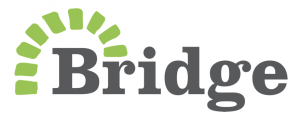This website uses cookies so that we can provide you with the best user experience possible. Cookie information is stored in your browser and performs functions such as recognising you when you return to our website and helping our team to understand which sections of the website you find most interesting and useful.
The National Common Entrance Examination is eligible to pupils in their final grade of primary school (Primary 6) who are between 10–13-years-old. There are five different types of secondary school in Lagos and a variety of different entrance exams required to gain entrance. However, a child has to sit for their Common Entrance Examination to be admitted to a federal government secondary—or unity—school. The Common Entrance seeks to select the best candidates from every State into Federal Unity secondary schools. There are just 106 Federal Unity secondary schools in Nigeria and the competition is fierce.
The exam is out of 200 marks. When the results are released, the subjects are grouped into four segments and the marks available are below:
- Mathematics & Basic Science (out of 40 and 10 respectively)
- English & Social Studies (out of 40 and 20 respectively)
- Quantitative & Vocational Aptitude (out of 40 and 10 respectively)
- Verbal Aptitude (out of 40 respectively)
Every State in Nigeria has a different weighted pass mark for the common entrance exam which is designed to take into account the wide differentials between Nigerian states including poverty levels. In Lagos State, the pass mark cut off fluctuates but it is usually 132 marks.
In addition, to weighted State cut-offs, the State pass mark applicable to an individual child is dependent not upon which State they sat the exam, but the State that the child’s father is from. For example, if a child sits the common entrance exam in Lagos but their father is from Edo, the cut-off marks for the child will be based upon the Edo State cut-off not the Lagos State cut-off.
 National exam results
National exam results
Click to view National exam results for 2019, 2020 2021 and 2022:

